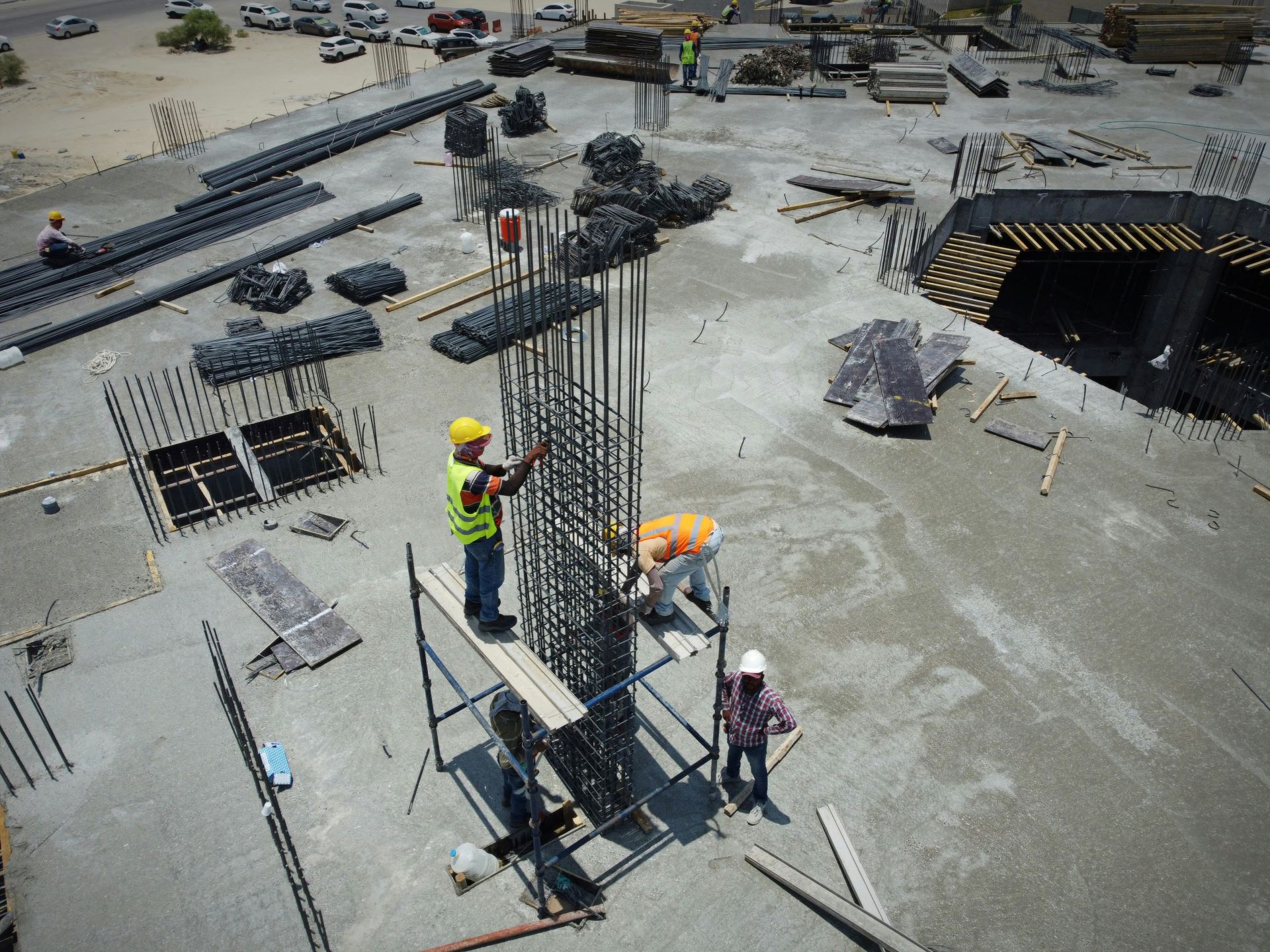Navigating High Demand in LA’s Rebuilding Scene: A Homeowner’s Guide

Publish on: 18th Feb 2025
Rebuilding after a disaster is never easy, and in Los Angeles, where wildfires and natural disasters have led to a surge in reconstruction projects, demand for contractors, materials, and permits has never been higher. Homeowners looking to rebuild must navigate a competitive construction market, potential delays, and financial challenges. In this guide, we’ll explore the scale of demand, phased rebuilding strategies, financial planning, and available community support to help LA homeowners rebuild efficiently.
1. The Scale of Demand: How Many Homes Need Rebuilding?
Rebuilding projects have increased in Los Angeles and the neighboring areas as a result of earthquakes, wildfires, and aging infrastructure. The construction industry is under considerable amounts of pressure as a result of this expansion, which has led to:
- Contractor shortages, making it difficult to book skilled professionals.
- Material supply delays, particularly for lumber, steel, and roofing materials.
- Permitting bottlenecks, as local authorities process high volumes of rebuilding applications.
Impact on Homeowners
- Longer Wait Times: Securing a contractor can take months, while some materials have lead times of 6-12 months.
- Higher Costs: Increased demand has led to price surges in labor and materials, making budgeting more difficult.
- Competitive Bidding: Contractors may prioritize larger, high-value projects, leaving smaller rebuilds with fewer options.
Given these challenges, homeowners must plan strategically to ensure steady progress on their rebuilding journey.
2. Prioritization and Phased Building: Where to Start?
With high demand causing potential delays, phased rebuilding is a practical approach. Instead of waiting for everything to be ready at once, start with essential structures and gradually work toward a fully rebuilt home.
Phased rebuilding is a good approach because strong demand may cause delays. Start with essential structures and work slowly up to a completely restored home rather than waiting for everything to be finished at once.
Step 1: Temporary Solutions
- Modular or Prefabricated Units: Quick-to-install temporary housing options.
- Accessory Dwelling Units (ADUs): If your property allows, building an ADU first can provide immediate living space while you complete the main home.
- RV or Trailer Living: Many homeowners opt for temporary mobile homes on their property during the rebuild.
Step 2: Core Construction First
- Foundation & Structural Work: Once permits are secured, prioritize laying the foundation and completing the framing.
- Essential Utilities: Plumbing, electrical, and HVAC should be in place before finishing interior details.
Step 3: Interior Finishing & Landscaping
- Once the home is livable, focus on details like cabinetry, flooring, and landscaping.
- Non-essential exterior elements, such as patios or additional storage, can be completed later.
This phased approach minimizes downtime, ensuring you have a place to stay while your full home is completed.
3. Community and Government Support: Available Resources
The State of California and Los Angeles County provide a number of programs to help homeowners with rebuilding. Key resources include the following:
Government Assistance
- FEMA’s Disaster Relief Programs provide financial aid for temporary housing and essential repairs.
- California Rebuilding Assistance Programs offer low-interest loans for homeowners affected by disasters.
- Los Angeles Department of Building & Safety (LADBS) provides fast-tracked permit approvals for fire-affected areas.
Community-Led Initiatives
- Local Rebuilding Organizations: Groups like Rebuilding Together LA and Habitat for Humanity assist with materials and volunteer labor.
- Neighborhood Support Networks: Many local communities pool contractor resources to secure group discounts on labor and materials.
Taking advantage of these programs can help speed up the process and reduce financial strain.
4. Insurance and Financial Planning: Managing Costs Effectively
Construction is only one aspect of rebuilding; it’s also about financial planning . Handling insurance claims, preparing for unexpected costs, and budgeting extra cost are challenges that many homeowners face.
Navigating Insurance Claims
- Review Your Policy: Ensure you understand what’s covered and what’s not, including temporary housing, construction costs, and material price adjustments.
- Work with an Adjuster: Hiring a public insurance adjuster can help maximize your claim payout.
- Document Everything: Take photos of the damage, save all receipts, and keep detailed records of expenses.
Planning for Out-of-Pocket Costs
Even with insurance, homeowners often face extra costs due to material price fluctuations and labor shortages.Here are some tips for financial planning:
- Set Aside a Contingency Fund: Budget 15-20% more than your initial estimate to cover unexpected costs.
- Explore Low-Interest Rebuilding Loans: Look into FHA 203(k) loans, California Housing Finance Agency (CalHFA) loans, and local grant programs.
- Negotiate with Contractors: Some contractors offer payment plans or discounts for early commitments.
By staying financially proactive, you can avoid unexpected delays caused by funding shortages.
5. Patience and Planning: Setting Realistic Expectations
Rebuilding after a disaster is a marathon, not a sprint. Many homeowners find the process mentally and emotionally taxing, but having the right mindset can make all the difference.
Set Realistic Timelines
- Expect delays due to permitting, contractor availability, and material shortages.
- Be flexible and adjust your living arrangements accordingly.
- Work with your contractor to set achievable milestones rather than rushing the process.
Have a Backup Living Plan
- Extended Rental Agreements: If renting, consider negotiating a month-to-month lease in case your rebuild takes longer.
- Family Support: Some homeowners stay with relatives to cut temporary housing costs.
- Insurance Housing Assistance: If you qualify, use temporary housing coverage included in your insurance policy.
Stay Connected with Your Community
Rebuilding can feel isolating, but you can stay connected with experts, neighbors, and support groups to reduce stress and stay up to date on the most recent rebuilding development news in Los Angeles.
Conclusion: Rebuilding with Confidence
Although Los Angeles homeowners face difficulties due to high demand and material shortages, the rebuilding process may go more smoothly with proper planning, financial preparedness, and community support. You may successfully navigate the rebuilding scenario and make sure your house is constructed to last by giving priority to necessary construction, hiring trustworthy contractors early, and making use of the resources at your disposal.
How LA Home Construction Can Help
Our specialty at LA Home Construction is to efficiently help homeowners with their rebuilds by offering professional advice, material sourcing, and financial planning support. Contact us today to discuss your rebuilding project and secure your place in our construction schedule.




